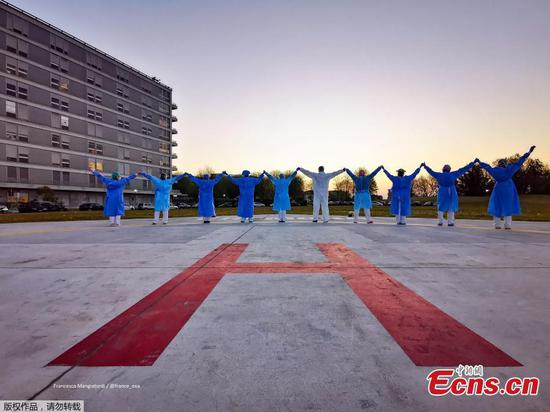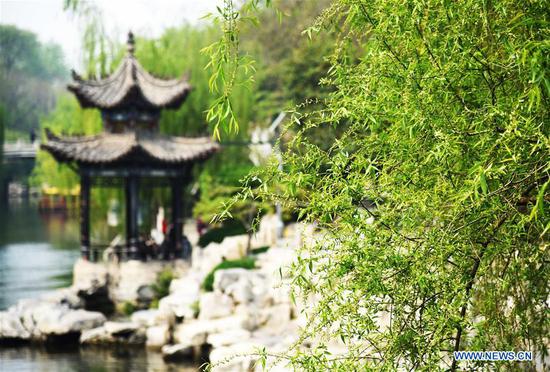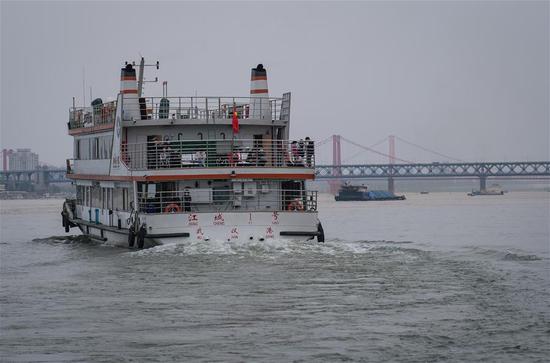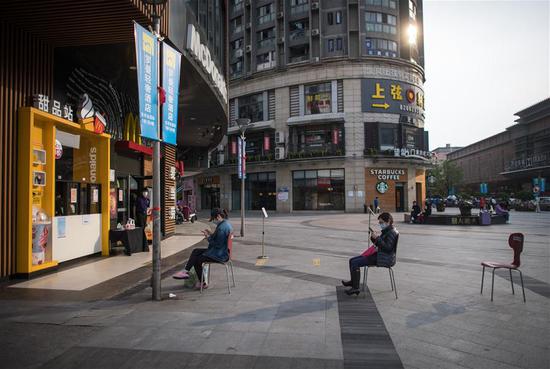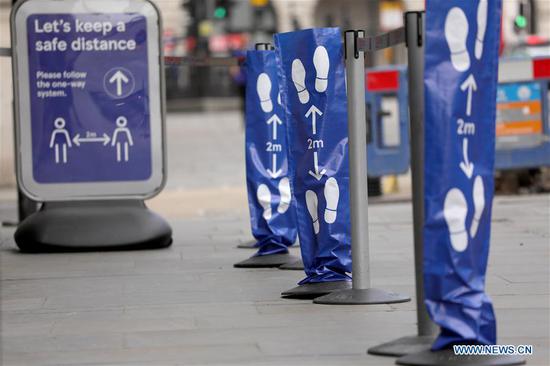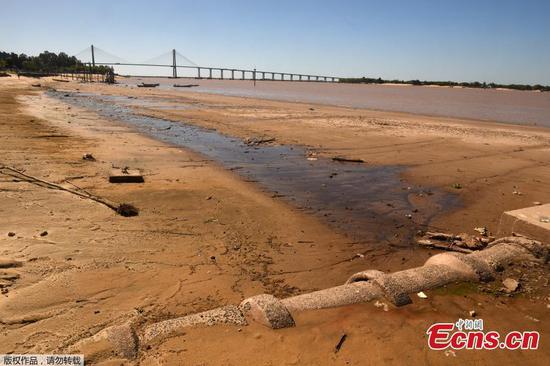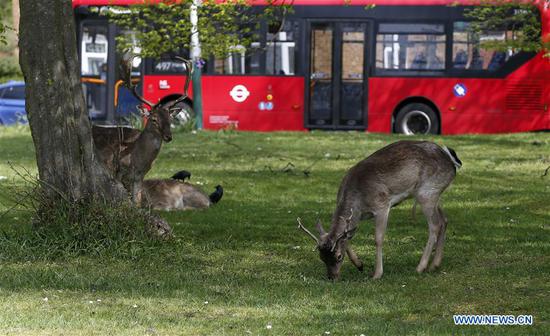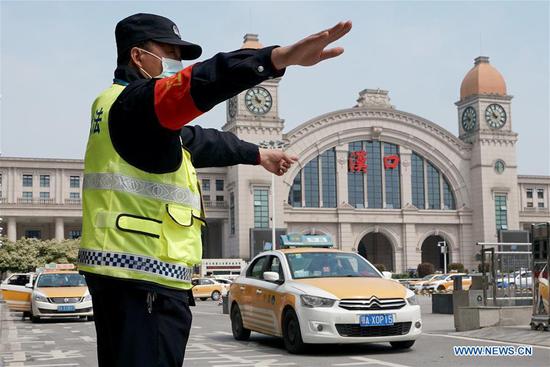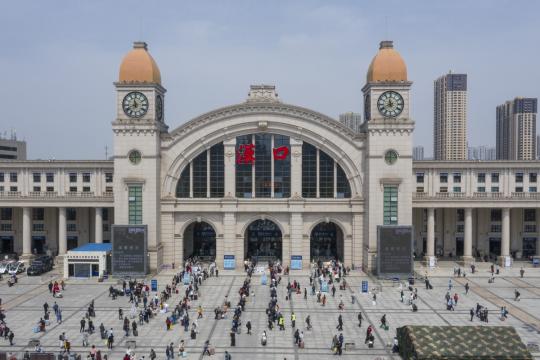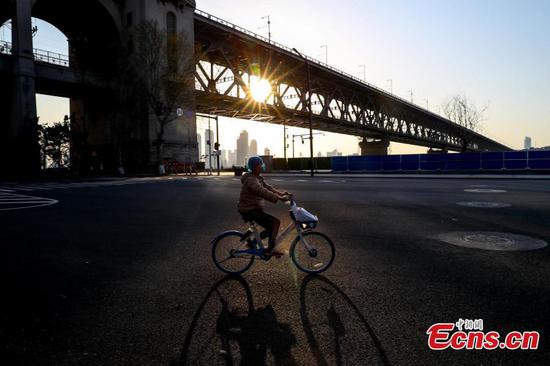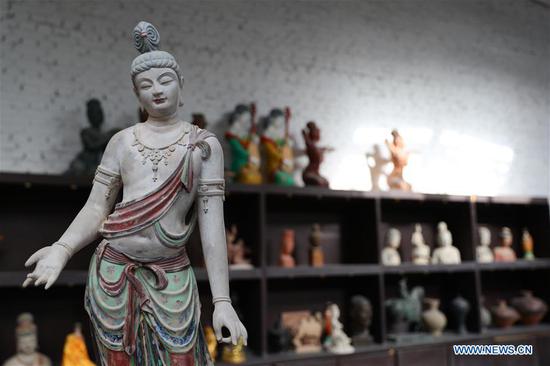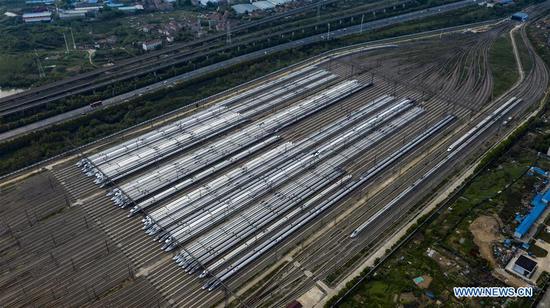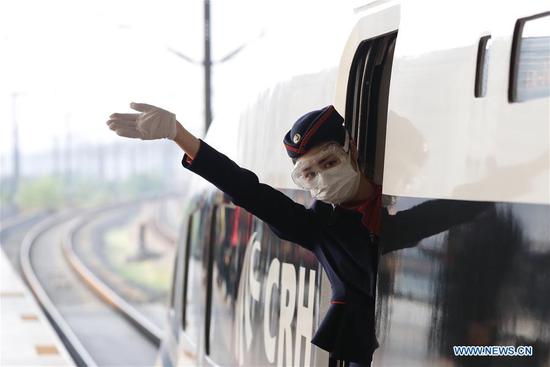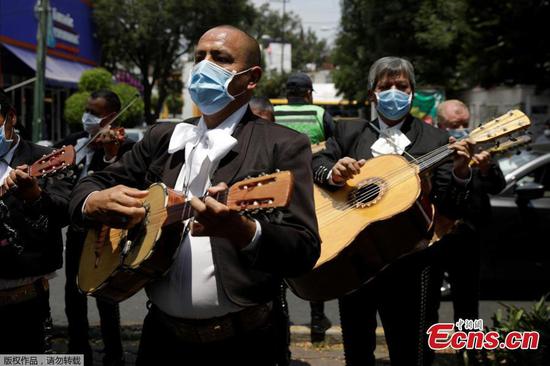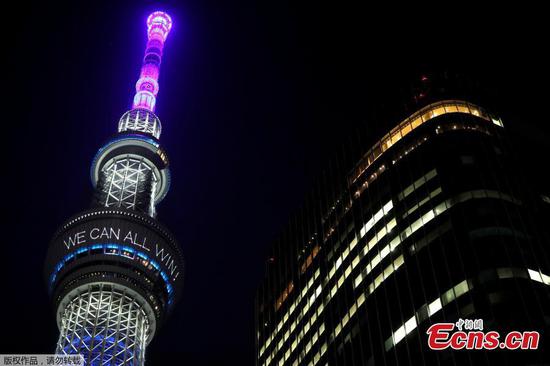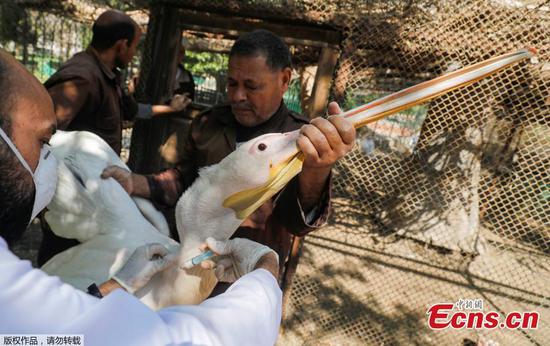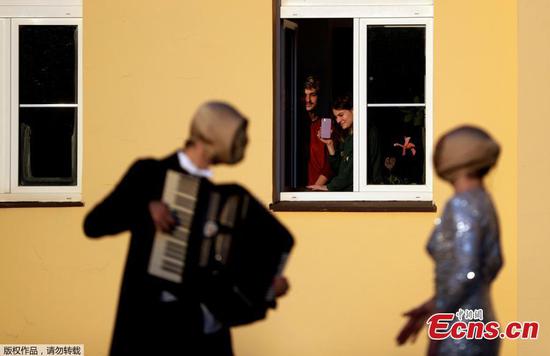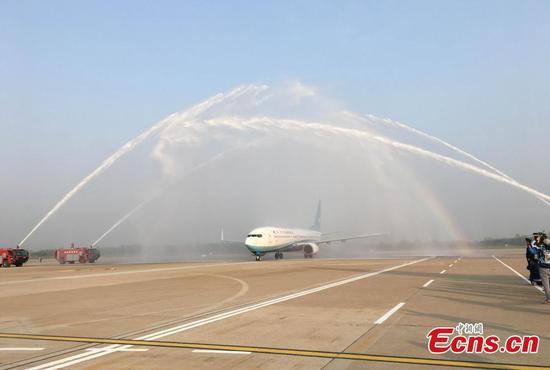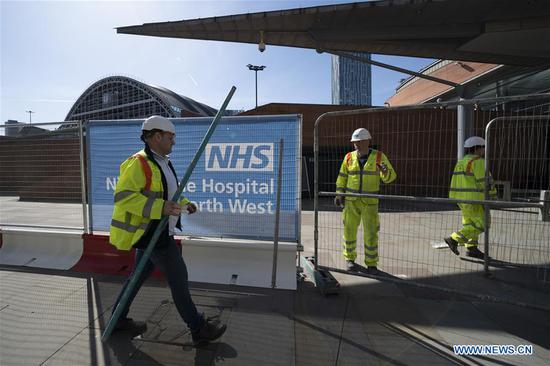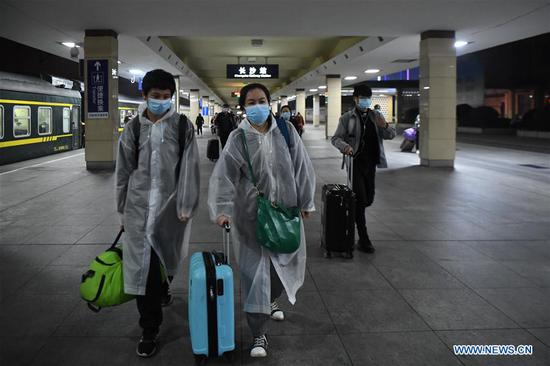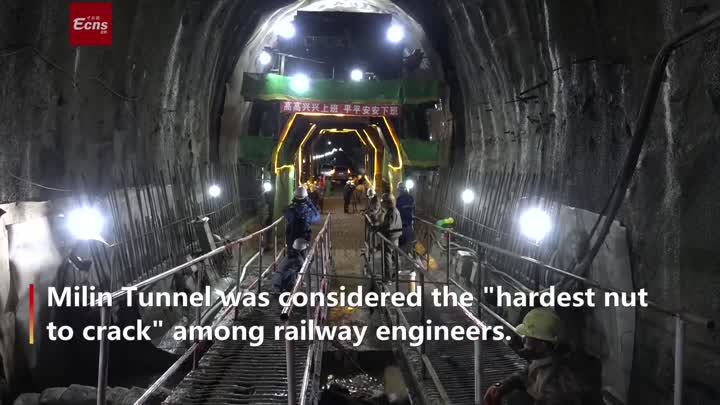Mass detection
Wuhan local Zhang Kaiyue told the Global Times that more than 1,000 workers in her company, which has 1,500 employees in total were arranged to do nucleic acid tests on Thursday, the first day of work resumption.
"It mainly targets asymptomatic patients. We need to do nucleic acid tests twice, or combine such tests with CT scans because our boss believes one nucleic acid test alone is not accurate," said Zhang, noting that it is simple and quick to get tested in the hospital, "half an hour for queuing and testing on average, and you get the result the next day."
As Wuhan eased lockdowns and many in the city returned to offices on Wednesday, long lines in front of hospitals were seen across the city. Many of those who came back to work wanted to test for coronavirus in fear of spreading it among their colleagues and those who they rub shoulders with.
Wang Hui, deputy head of Wuhan's Wuchang district health commission told the Global Times that many of the district's silent carriers were detected among close contacts of confirmed patients, and the number is relatively small.
Wang said the health commission has instructed the district's employers to thoroughly inspect employees who return to work.
"Now Wuhan residents are very cautious regarding the viral contagion. They won't stay home hopeful for recovery after they find abnormalities in their health conditions, like they did in January. Most patients with fever will apply for tests in hospitals; now, even seemingly healthy people want to test themselves, which helps us find asymptomatic patients," said Wang.
Ever since Wuhan began recording asymptomatic patients, more communities have begun to tighten virus prevention policies, and even re-impose previous lockdown policies.
Wang Qianlin who lives in a community in Wuhan's Qiaokou district comes downstairs only to get deliveries sent to him between the community's rust steel gate.
"For a short time in early March we were allowed to go out, but all of sudden it closed again after an asymptomatic patient was reported here," said Wang, noting that now he was told only one family member is allowed to go downstairs once a day.
Wu Zunyou, a researcher with the Chinese Center for Disease Control and Prevention said during an interview that people in Wuhan's communities are relatively safe compared with people outside of China. The chance of asymptomatic patients leaving Wuhan is slim, because they have already isolated themselves for 14-days multiple times, said Wu.
Asymptomatic patients were infected at the same time as patients with obvious symptoms, said Zhang Wenhong, head of Shanghai's COVID-19 clinical expert team. So if China doesn't see drastic increases of confirmed cases within two to four weeks, the risk of asymptomatic patients can be whisked off.
Zhang said that Wuhan is perhaps the "safest city in China now," as many people in the city may already have developed immune defenses against the virus. But he stressed it is only an assumption.









